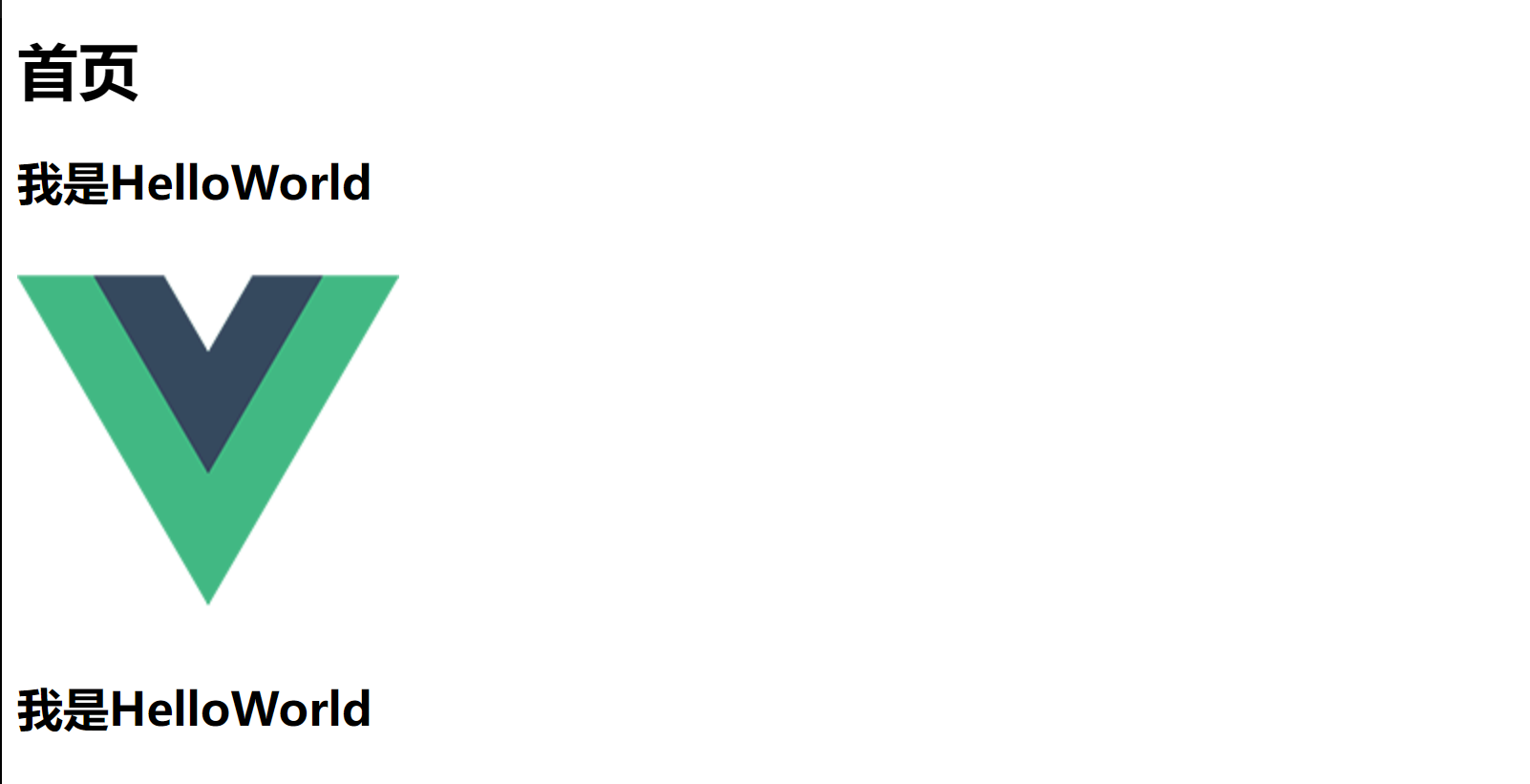【一】插件
【1】描述
- 1 功能:用于增强Vue
- 2 本质:包含install方法的一个对象,install的第一个参数是Vue,第二个以后的参数是插件使用者传递的数据
- 3 使用了vue-router插件,vuex插件,elementui
- 4 使用别人写好的第三方插件
Vue.use(ElementUI);
【2】使用
【1】自定义插件步骤
# 1 写plugins/index.js
import Vue from "vue";
import axios from "axios";
import hunru from "@/mixin";
export default {
install(a,name) {
console.log('----------',name)
// 1 定义全局变量,放到原型中
// prototype 原型链,一般定义在原型中的变量,都用 $ 开头,防止污染---》对象中可以定义同名属性,冲突
Vue.prototype.$axios = axios
// Vue.prototype.$BASE_URL='http://127.0.0.1:8000/'
// 2 定义指令 自定义指令
//定义全局指令:跟v-bind一样,获取焦点
Vue.directive("fbind", {
//指令与元素成功绑定时(一上来)
bind(element, binding) {
element.value = binding.value;
},
//指令所在元素被插入页面时
inserted(element, binding) {
element.focus();
},
//指令所在的模板被重新解析时
update(element, binding) {
element.value = binding.value;
},
});
// 3 使用混入
Vue.mixin(hunru)
// 4 定义全局组件--》elementui
}
}
# 3 在main.js中使用,可以传参数
# 1 使用自定义插件
import my from '@/plugins'
Vue.use(my,'lqz') // 内部本质会执行install
# 咱们需要掌握的;
-有些第三方插件,用了以后,增强了vue功能
-this.$router
-全局组件 :el-button
-this.$message--->
-this.$http.get
【二】插槽
【1】匿名插槽

<template>
<div class="Helloworld">
<h2>我是HelloWorld</h2>
<slot></slot>
<h2>我是HelloWorld</h2>
</div>
</template>
<script>
export default {
name: 'Helloworld'
}
</script>
<style>
</style>
<template>
<div class="home">
<h1>首页</h1>
<hello-world>
<img src="@/assets/logo.png" alt="">
</hello-world>
</div>
</template>
<script>
import HelloWorld from '@/components/HelloWorld.vue'
export default {
name: 'HomeView',
components: { HelloWorld },
data () {
return {}
},
methods: {}
}
</script>
【2】命名插槽

<template>
<div class="Helloworld">
<h2>我是HelloWorld1</h2>
<slot name="a"></slot>
<h2>我是HelloWorld2</h2>
<slot name="b"></slot>
</div>
</template>
<hello-world>
<template v-slot:a>
<img src="@/assets/logo.png" alt="">
</template>
<template v-slot:b>
<img src="@/assets/logo.png" alt="">
</template>
</hello-world>




 浙公网安备 33010602011771号
浙公网安备 33010602011771号